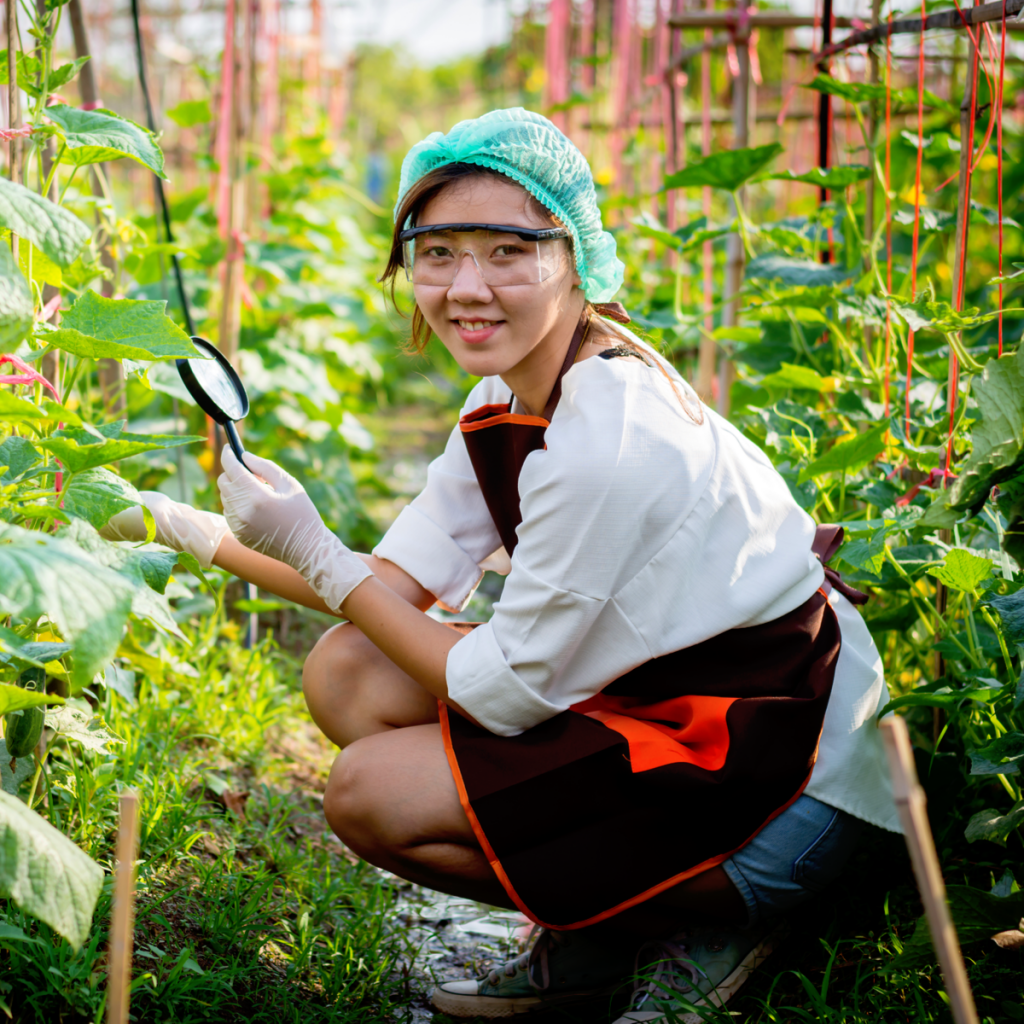
Math and Science Working Together
Science is anything you can study and observe, and it can be really fun! You can study how fast plants grow and bacteria spreads, the population of animals, and you can even make models of things you observe in nature. Math makes experimenting, collecting data, and learning from the results possible – let’s practice using it to carry out scientific studies!
Pick the word problem below that’s the right skill level for you. Take your time working it out. When you feel you’ve found the answer, see the next page to check your solution against ours. No peeking, and have fun!
Lower Elementary:
Question: Grace plants a pea for her science fair project and measures how much it grows each week. The first week, it grows 2 inches. After 2 weeks, it is 5 inches tall. After 3 weeks, it is 9 inches tall. After 4 weeks, it is 14 inches tall. After 5 weeks, it is 20 inches tall. If the pattern continues, how tall will the pea plant be after 6 weeks?
Upper Elementary:
Question: Natalie collects water samples from 6 random puddles around her neighborhood and counts the number of mosquito larvae in each. She finds 12, 22, 0, 13, 8, and 13 larvae in the samples. What is the average number of larvae per water sample that Natalie collected?
Middle School:
Question: Bill’s science fair project is to test the different bacteria in the mouths of dogs and people. He swabs his own mouth and his dog’s mouth and then dabs a square centimeter of each in separate petri dishes. If the human mouth bacteria colony grows by a factor of 3 each day and the dog bacteria colony grows by a factor of 11⁄2 each day, then how much bigger will the area covered by the human bacteria be after 3 days?
Algebra and Up:
Question: Luke makes a paper mache, right-circular-cone-shaped volcano model for his science fair project. The cone is 1 foot tall before he cuts off the top, which makes the volcano 2 inches shorter. If the area of the circular base of the cone is 144π square inches, then what is the volume of the volcano model after its top has been removed? (Hint: The volume of a cone is 1⁄3 of the area of its base times its height.)





